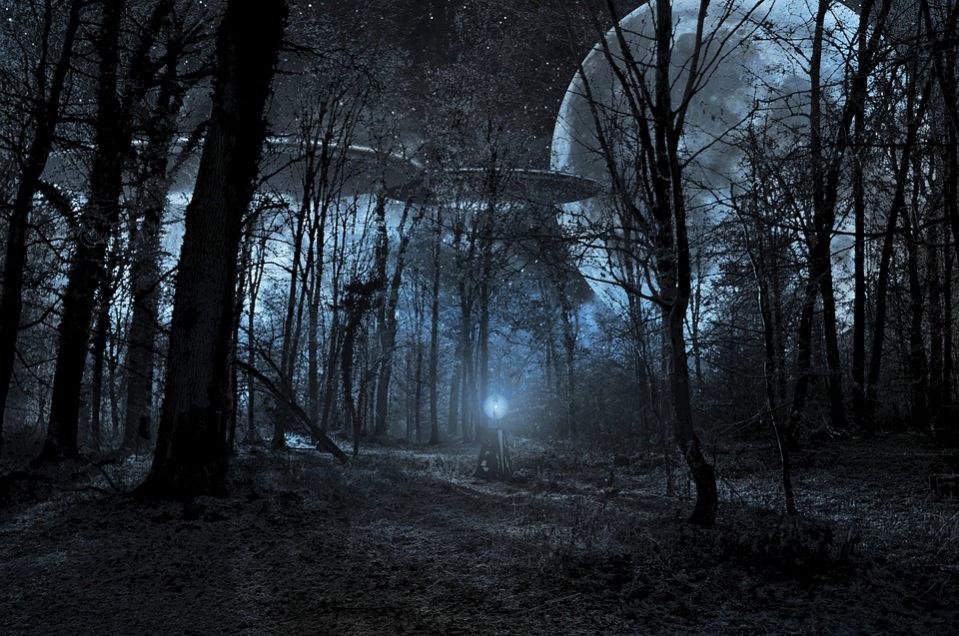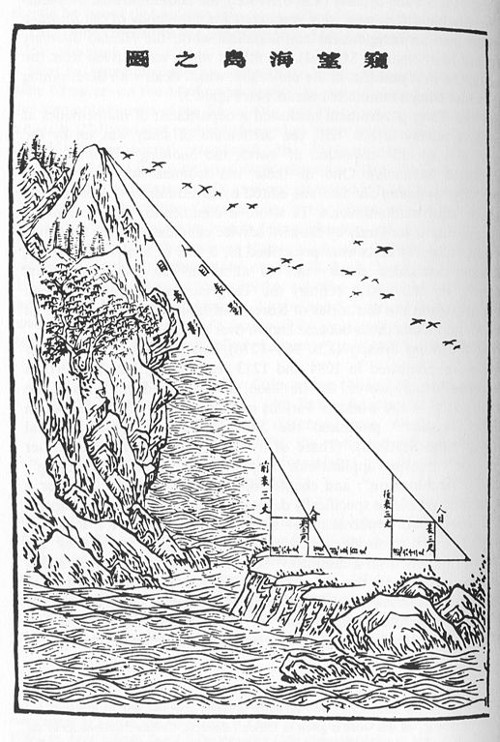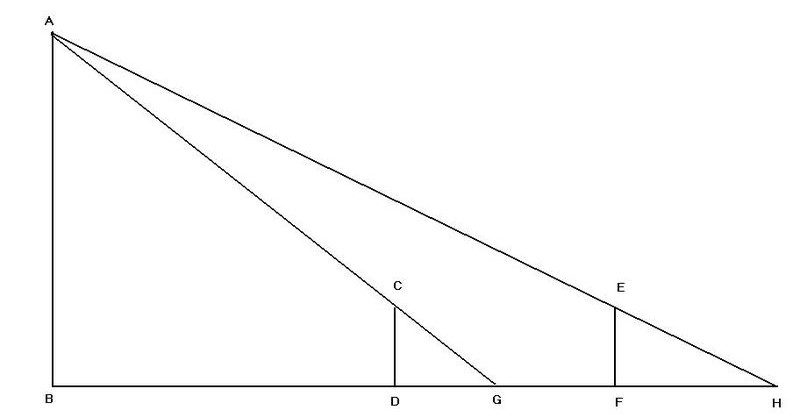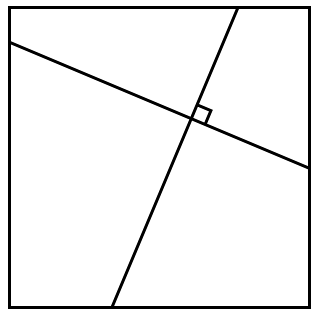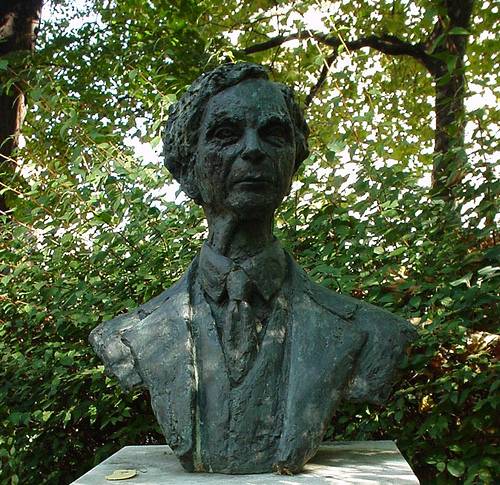In 2003 mathematician Gregory Galperin of Eastern Illinois University offered a remarkable way to calculate π: Launch two masses toward an elastic wall, count the resulting collisions, and you can generate π to any precision, at least in principle.
“On the one hand, our method is purely mathematical and, most likely, will never be used as a practical way for finding approximations of π. On the other hand, this method is the simplest one among all the known methods (beginning from the ancient Greeks!).”
The video above, by 3Blue1Brown, gives the setup; the continuation is below. Via MetaFilter.
(Gregory Galperin, “Playing Pool With π (The Number π From a Billiard Point of View),” Regular and Chaotic Dynamics 8:4 [2003], 375-394.)


